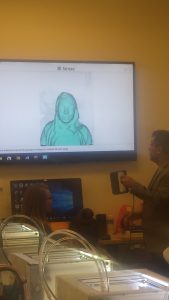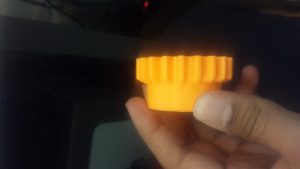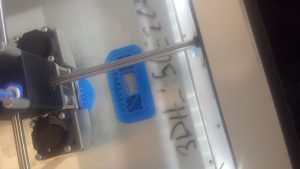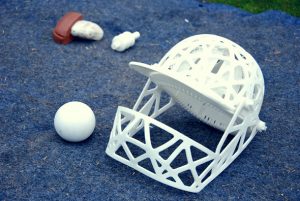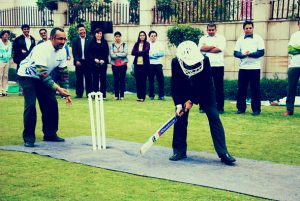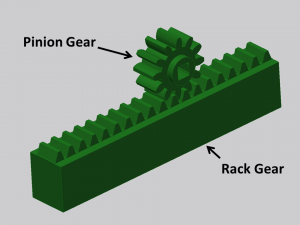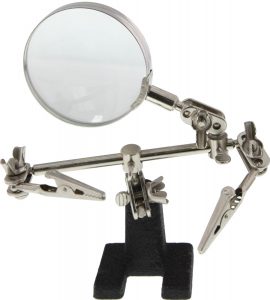Expectations and Reflections:
It was out of curiosity and a suggestion from a friend that made me pick this class from a extensive list of Electives I could have picked in my last semester as a Senior. I had briefly heard interesting things about 3-D printing and making almost anything you wanted from scratch. I hoped to learn how to prototype, design and apply myself in a way which I had never done before. Looking back after the semester long course I have come a long way as not only an engineer but also as someone who cares deeply about the things around us and making a difference in our community.
The Experience:
My experience kicked off with some motivating and inspirational Guest Lectures from Jeff Gringer and John Hornick who talked about the Maker movement and where its headed. It instilled in me some kind of responsibility to be a part of the movement and make a difference in a way where I could leverage my skills as a Materials Engineer.
In the next few weeks we had an opportunity to attend a workshop conducted by representatives from the Design for America team at UIUC. I gained a deep understanding about what designing actually is and what it entails from the user and who it impacts. As a team we came up with a novel idea about using Goggle Glasses for deep sea diver which was pretty awesome. This experience helped me shape ideas during my next few weeks of the course and was fundamentally very important to the success of our tea, JJJ inc.
The next week we got a chance to work with Fusion 360 which was of great use moving into our final projects. This powerful application helped us create almost any object we could think of and was pivotal in our making journey. More about this software can be found using this link.
This is the part where everything kicked off into full steam where we were not only thinking about the next big idea but also making it. Our final semester project started off with a brainstorming session, we came up with 3 issues we each faced in our day to day life and ideated some crude solutions to those problems. I learnt how much we over emphasize coming up with a product rather than solving the problem with the product in hand. Here are our initial few ideas we sketched for the final project this semester :

Week 6,7 and 8 the class spend learning and making at the Champaign Urbanas Fab lab! From learning how to code an Arduino to soldering and laser cutting plywood we learnt useful skills which we could implement while making our final project.
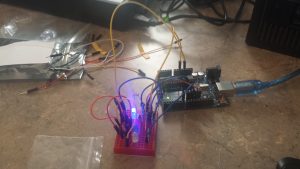
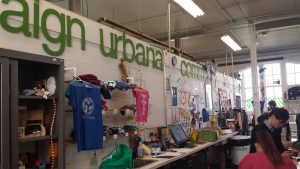
It was finally time to put our CADing, ideation and prototyping skills into action. Our group, JJJ inc, is designing a smart switch which can potentially pave way for cheaper smart homes and user customization. The next few classes we worked on designing and prototyping our Smart light switch. Here are some images from our initial sketches, mechanical designs and our final working switch seen as the bottom most picture.
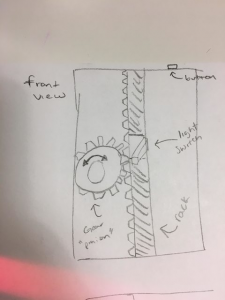
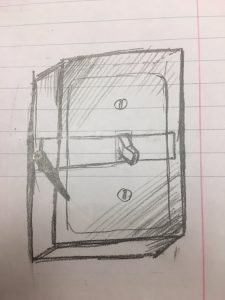
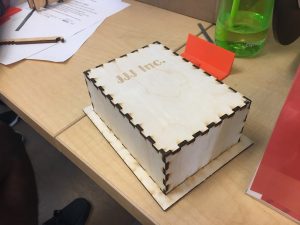
I was so content with myself and overall really happy with the hard work, time and effort put by team JJJ inc to make the project from a mere idea to something which actually works like how we had imagined it. This class led me to belief that if you want to make something happen, there are enough resources, technology and like minded people to help you along, you just need to apply yourself and grind till you see the results unfold. I would finally like to thank Vishal Sachedva for his expertise and help!


